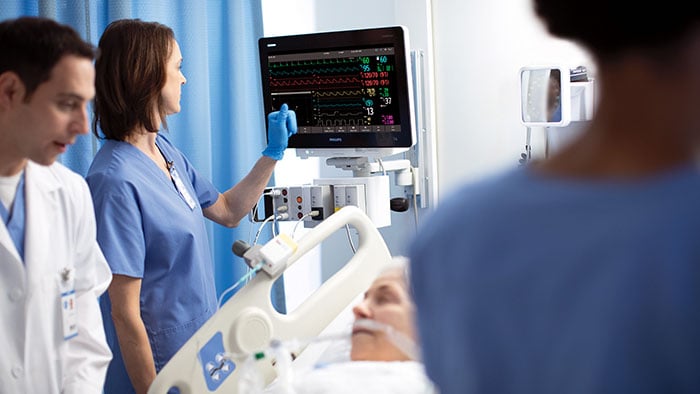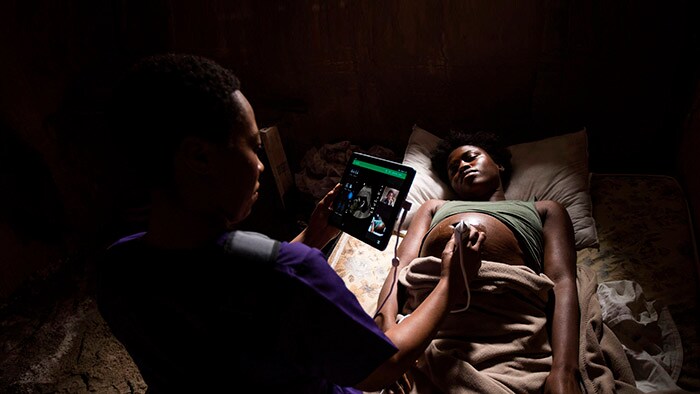There’s an expression people often use when they want to emphasize the idea of interdependence: “Nothing’s fixed until everything’s fixed”. You could certainly argue that’s the case when it comes to the health of our populations and the health of our planet. And yet, in this area, there is no reason why we should let the quest for a perfect, all-encompassing solution get in the way of the very significant advances we can, and need to, make today. The link between human health and environmental health is well established [1]. For people to be truly healthy, they need a healthy world to live in. But the stark reality is that climate change is currently threatening the lives and livelihoods of hundreds of millions of people around the world. Health leaders recognize this, as well as the crucial role sustainability plays in achieving long-term population health goals. Indeed, that’s why more and more care providers are applying green procurement criteria when buying medical equipment.
At the same time, the world’s healthcare systems account for over 4% of global CO2 emissions [2] – more than the aviation or shipping sectors! As an industry, we – health technology companies, healthcare systems and other stakeholders – have a responsibility to act. Because taking better care of the planet will enable us to take better care of people.
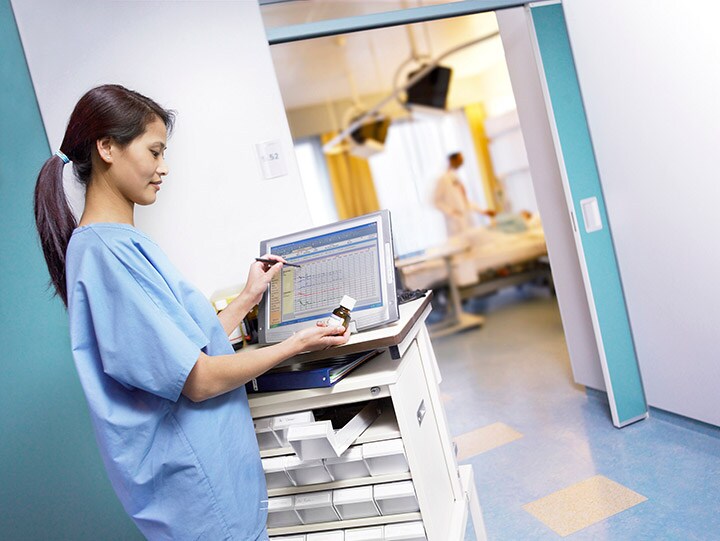
Working together to tackle today’s healthcare challenges
The good news is that no one has to carry the burden alone. We are all in this together, and there is a lot we can do to improve things, here and now. As a purpose-driven company, we at Philips are conscious of our responsibility towards society. That’s why we are stepping up our climate and circular action – teaming up with our customers and suppliers to innovate solutions that improve people’s health and well-being while respecting the environment. For instance, by adopting innovative new business models, operating carbon-neutral, embedding circular practices, and applying our EcoDesign principles to our products. We believe that, by working together with our customers, peers and partners across the value chain, we can reduce our collective carbon footprint – and so leave a healthier planet, and a more resilient and sustainable healthcare industry, for the generations to come.
Supporting health systems’ sustainability drive
Hospitals have the highest energy intensity of all publicly funded buildings and emit 2.5 times more greenhouse gas than commercial buildings [3]. They also produce 13 kg of waste per bed per day, of which 15-25% is hazardous waste [4]. So what are the strategies, solutions and services that health systems can adopt now to help them reduce their environmental footprint and integrate sustainable ways of working? In our view, the responsible and sustainable use of energy and materials is key to decarbonizing healthcare.
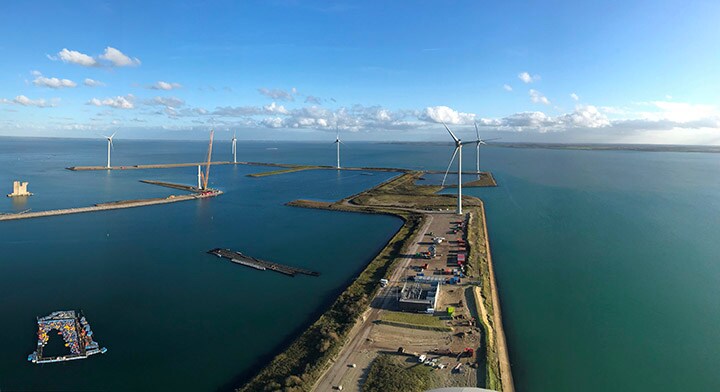
Sustainable use of energy – renewables and energy efficiency
Switching to renewable energy can have a major impact for large-scale, energy-intensive operations. In this area, partnering with peers can make a huge difference, offering the necessary scale. Philips, for example, has secured its renewable electricity supply in Europe through consortium-led power purchase agreements. The energy consumption of medical equipment is another area with great potential for impact. At Philips, the customer use phase of our products accounts for around 80% of our total environmental impact. That’s why we are continuously working – through our EcoDesign principles – to reduce the energy consumption of all our products. Our Azurion image-guided therapy platform, for example, offers up to max. 19% lower energy consumption over its total life usage, compared to its predecessor system [5].
Sustainable use of materials – resource efficiency and circular economy
Humankind has just one planet, and we are already overusing its resources. Materials extraction, supply, and the manufacture of equipment accounts for 40-50% of global CO2 emissions. Which makes the move to a circular economy critical to achieving the Paris climate goals. For medical equipment, therefore, it is vital we find ways to use materials sustainably.
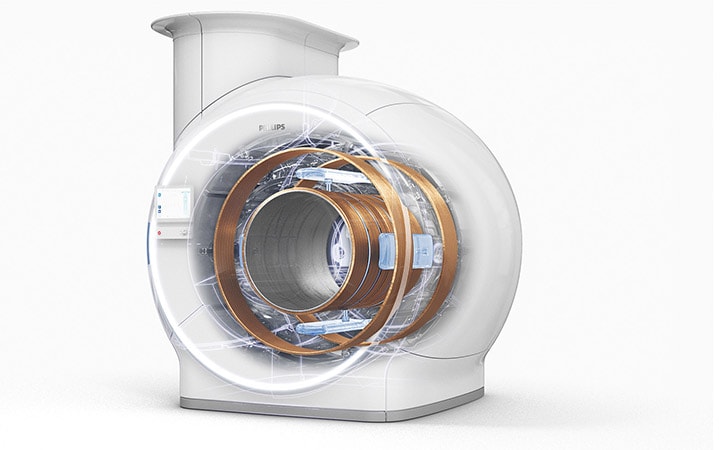
Take helium, for example. This noble gas is critical to maintaining long-term MR diagnostic availability, and global supply is limited. At Philips, we have developed BlueSeal, a fully sealed magnet designed to support the transition to sustainable, helium-free-for-life operations, as well as simplifying installation and reducing costly disruptions to MR services. In contrast to conventional magnet technology, which requires around 1,500 liters of liquid helium for cooling during operation, BlueSeal uses highly efficient, micro-cooling technology, which requires just 7 liters of liquid helium for cooling – <0.5% of today’s volume [6].
Circular models
Circularity is central to the sustainable use of resources and, by extension, the decarbonization of healthcare. There are several options available to hospitals to extend the lifetime value, capabilities and usability of their existing installed systems. For example, by adopting ‘as a service’ models, extending lifetime resource efficiency, and implementing smart digital solutions.
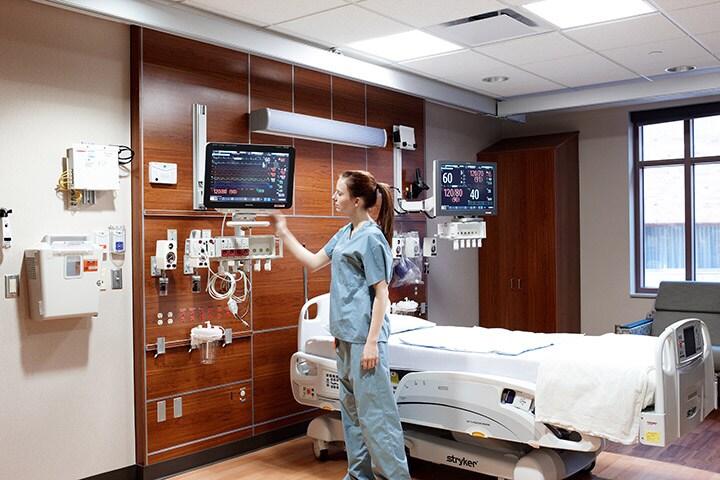
Fundamentally, our health system customers and their patients are interested in the functionality and quality of service a system can offer, not the system itself. For Philips, it’s not about offering scanner A, B or C: it’s about offering the best possible imaging and informatics & analytics to support a precision diagnosis and personalized treatment. It’s no surprise, then, that we are seeing more and more customers wanting to pay for access, rather than ownership, for example through lease, usage or performance-based business models, helping them avoid upfront capital expenditure.
Rather than having to buy new equipment, healthcare providers can maximize the return on their initial investments and expand their capabilities through on-site or remote upgrades. With Philips SmartPath upgrades, for example, customers get our latest enhancements in workflow, dose management, clinical capabilities and imaging quality with equipment they already own. Servicing is increasingly carried out remotely and uses AI to support predictive maintenance. The result? Longer lifetime, increased utilization, and lower environmental impact.
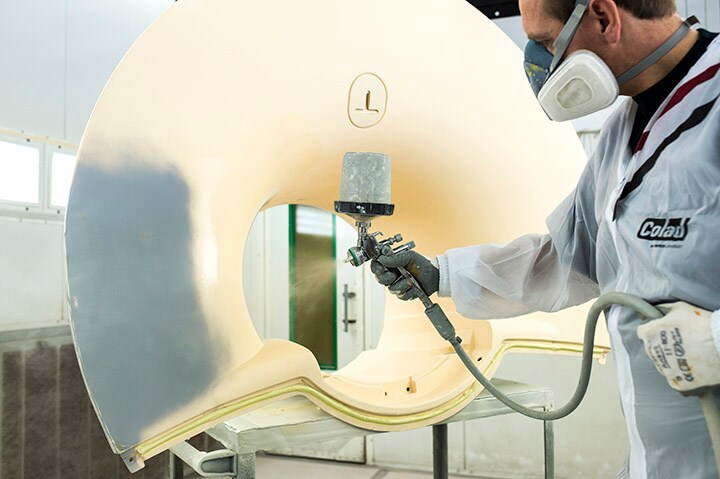
With constant pressure on healthcare funding, and not all applications requiring new equipment, many care providers are looking to extend their resources within a restricted budget – without compromising on quality. Programs like Philips Circular Edition systems allow customers to benefit from thoroughly refurbished, upgraded and quality-tested technology at lower cost. This can extend their ability to deliver clinical care while at the same time reducing their environmental impact.
If refurbishment is no longer an option, we ensure responsible repurposing. By recovering valuable parts, we can service older systems, maximizing lifetime value again. If that too is no longer an option, we recycle back to raw materials via local recycling networks. As part of Philips’ ambition to close the loop for all professional equipment by 2025, over 3,000 systems were returned to the company for responsible repurposing in 2021.
With their capacity to allow us to create virtual resources, digital tools and software enable us to ‘dematerialize’, delivering maximum value with minimum resources. We see this driving a shift from resource-intensive clinical facilities to networked lower-cost settings and the home, thereby giving more people access to care. It also supports preventive care and telehealth, or virtual care, by enabling remote interaction between patients and care givers, and so avoiding the related travel and CO2 emissions. One leading US customer was able to close two small primary care clinics and consolidate them into other clinics, resulting in 51% less greenhouse gas emissions per given outpatient visit [7].
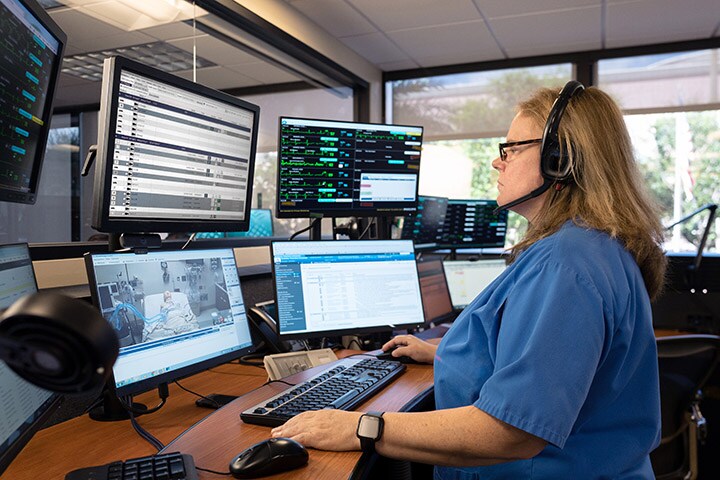
We are also seeing dematerialization in the form of the shift to cloud-, service- and software-based solutions, saving on the materials needed for on-site enterprise hardware and reducing CO2 emissions. Studies have shown that 84% less power is consumed when customers use large, centralized cloud-based data centers instead of on-premises infrastructure [8]. Similarly, we also see efficiency-enhancing software maximizing the utilization of hardware. Philips PerformanceBridge, for example, helps imaging centers get more out of their radiology systems. This web-based, real-time data platform aggregates data from multiple sources and integrates with the hospital’s image viewer, so that staff get the data they need with context. Operational data is clearly presented, so staff can readily identify outliers and improvement opportunities, also in material/energy usage.
Optimizing care pathways
Besides the responsible and sustainable use of energy and materials, it is crucial we further optimize care pathways in order to reduce the environmental impact of treatment. Today, patient journeys are often arduous, with multiple appointments for diagnosis, treatment and monitoring. And with the increasing number of co-morbidities in aging populations, this is frequently replicated across several specialisms. So while reducing the environmental footprint of healthcare technology, it is also vital to improve the care system – by investing in prevention, first-time-right diagnostics, minimally invasive therapies and aftercare – for the sake of both the patient and the environment.
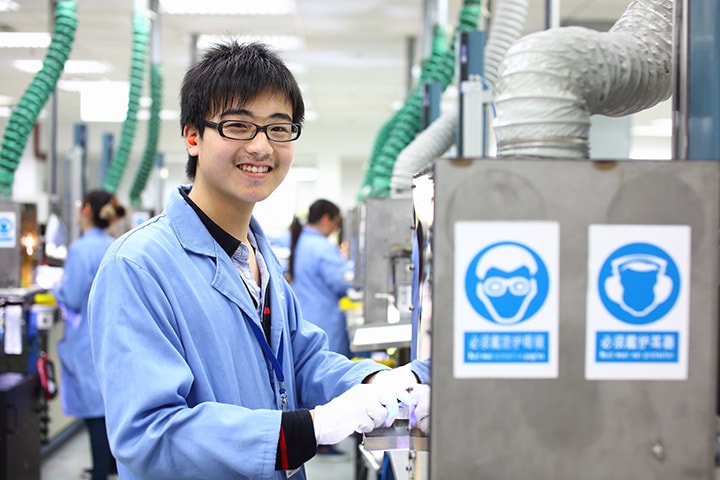
Engaging the supply chain
The supply chain (scope 3, purchased goods and services) is responsible for 71% of CO2 emissions within the EU [9]. So, if we are serious about taking the carbon out of healthcare, we need to take an end-to-end view of the value chain, making procurement a cornerstone of our sustainability efforts and incentivizing suppliers to work with us in lockstep. For instance, by offering improved payment terms to those that take concrete steps on climate action. In 2018, Philips became the first health technology company to have its CO2 emission targets assessed and approved by the Science Based Targets initiative (SBTi). Now, we are going further, stepping up our supplier sustainability program so that at least 50% of our suppliers (based on spend) will have committed to science-based targets for carbon reduction by 2025 (2021: 28%). By supporting our suppliers and incentivizing them to adopt and meet such targets, we aim to achieve a sevenfold greater impact than simply lowering CO₂ emissions from our own operations.
Let’s take action together – with urgency!
As we said at the outset, the population and planetary health challenges we face are interconnected. We cannot address one without tackling the other too. We both believe wholeheartedly that embracing sustainability across the healthcare value chain – and in every aspect of business (procurement, operations, innovation, service delivery, etc.) – is the only way forward.
None of us has all the answers. And none of us can do it on our own. As a health technology company, we at Philips can only achieve our goals by working together with others in our ecosystem – care providers, practitioners, knowledge partners, and suppliers.
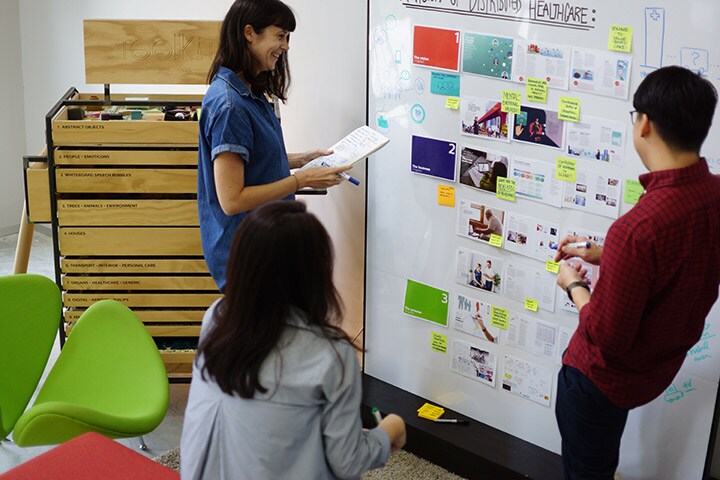
Yet, with our collective expertise, innovation capability, and shared understanding of the need to drive systemic change, we can combine sustainable practices with safe, efficient and effective methods of care to deliver better outcomes, lower costs, and better patient and staff experiences. All healthcare providers now have a sustainability strategy, as do health technology companies like Philips. Now is the time to connect the dots and align on shared interests, goals, and strategies for action. Success stories are vital in showing it can be done. That we can take care of the planet while taking care of people. So, we would love to hear what your organization is doing – what innovative ideas you have – to take the carbon out of healthcare and so help create a sustainable future.
[1] The Lancet, October 2017, https://gahp.net/the-lancet-report-2/
[2] Health Care Without Harm (2019). Healthcare’s climate footprint: How the health sector contributes to the global climate crisis and opportunities for action (p.22). https://noharm-global.org/documents/health-care-climate-footprint-report
[3] https://www.ecomedsupply.com/Healthcare-Impact-on-Environment-s/1739.htm
[4] https://practicegreenhealth.org/topics/waste/waste-0
[5] Compared to predecessor Allura Xper platform; Exact energy reduction depends on configuration
[6] https://www.philips.com.au/healthcare/resources/landing/the-next-mr-wave/sealed-mr-technology
[7] https://www.beckershospitalreview.com/telehealth/why-telehealth-is-a-weapon-against-climate-change.html
[8] https://aws.amazon.com/about-aws/sustainability/
[9] Health Care Without Harm (2019). Health care’s climate footprint: How the health sector contributes to the global climate crisis and opportunities for action (p.22). https://noharm-global.org/documents/health-care-climate-footprint-report
Share on social media
Topics
Authors
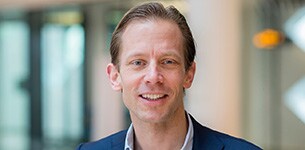
Kees Wesdorp
Former Chief Business Leader Precision Diagnosis Kees Wesdorp led Philips’ Precision Diagnosis business cluster from 2020 to the end of 2022.

Robert Metzke
Philips Global Head of Sustainability Mr. Metzke leads Philips’ activities in Sustainability where he drives the company’s strategy towards innovative, sustainable business models and embedding sustainable and circular ways of working across Philips. In particular, Robert and his team are leading all activities with regards to Philips' environmental responsibility, with a focus on climate action, circular economy and expanding access to healthcare in underserved communities, as part of Philips overall purpose to improve people's health and well-being. Before joining Philips, Mr. Metzke worked at McKinsey & Company as a consultant where he gained 5 years of experience in strategy and innovation in the high-tech, healthcare and public sectors. Mr. Metzke has a background in journalism, science publishing (Science/ AAAS) and academic research (physics). He is married, has three children and lives in the Netherlands.
Follow me on










